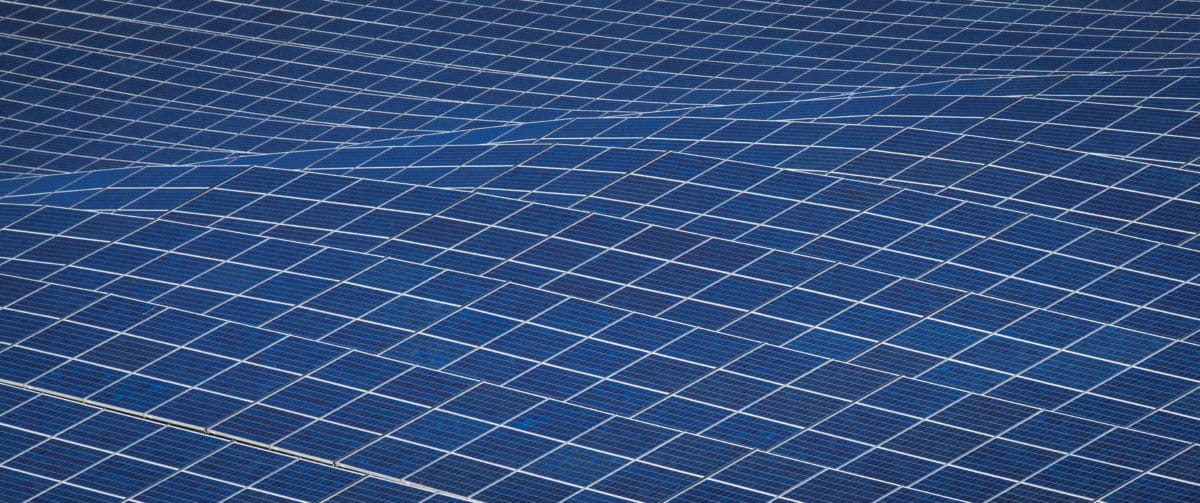And 1 million gigawatt hours of energy produced in 2021.

 pv-magazine-usa.com
pv-magazine-usa.com
Global figures. About 120 kWh/yr per person on earth, or 330 Wh/day.person. Or 14W/person continuous.
Annual rate of growth over the last few years: 20-25%. Or doubling every 3 years.
Remember: solar is a joke and will never work. And its too expensive.

Humans have installed 1 terawatt of solar capacity, generated over 1 petawatt of solar electricity in 2021
The homo sapien species has installed its first terawatt of hardware on Earth to generate electricity directly from its local star.
Global figures. About 120 kWh/yr per person on earth, or 330 Wh/day.person. Or 14W/person continuous.
Annual rate of growth over the last few years: 20-25%. Or doubling every 3 years.
Remember: solar is a joke and will never work. And its too expensive.



![[Hearth.com] Milestone: 1000 Gigawatts of solar installed.... [Hearth.com] Milestone: 1000 Gigawatts of solar installed....](https://www.hearth.com/talk/data/attachments/293/293764-162690fe943edc05bf439ce2f3b310b8.jpg?hash=Bp36LQH5d1)